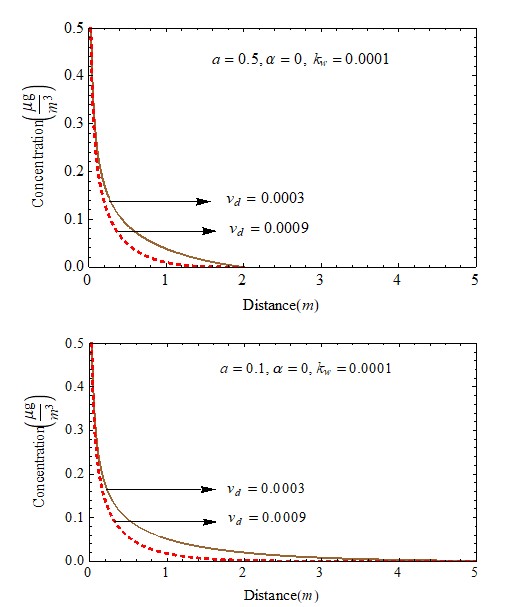An analytical model for point source pollutants in an urban area with mesoscale wind and wet deposition
Keywords:
Urban heat island, Dry deposition, Advection-diffusion equation, Wet deposition, Atmospheric impuritiesAbstract
Industrialization has led to severe environmental degradation, posing substantial health risks. The primary pollutants originate from land, air, and water sources. Monitoring air pollution typically requires expensive equipment. To address this, scientists have created various models based on specific criteria to predict air pollution levels. This paper explores an analytical solution to the problem of air pollution caused by point sources that disperse contaminants into the atmosphere. Specifically, it investigates how the removal processes affect the concentration of key pollutants. We apply the methods of separation of variables and Fourier transformation to derive an analytical solution for the mathematical model.

Published
How to Cite
Issue
Section
Copyright (c) 2024 R. Latha, K. Lakshminarayanachari, C. Bhaskar

This work is licensed under a Creative Commons Attribution 4.0 International License.
How to Cite
Most read articles by the same author(s)
- Vanita R. Raikar, Lakshminarayanachari K, K. Bharathi, C. Bhaskar , Mathematical advection-diffusion model of primary and secondary pollutants emitted from the point source with mesoscale wind and removal mechanisms , Journal of the Nigerian Society of Physical Sciences: Volume 7, Issue 2, May 2025







